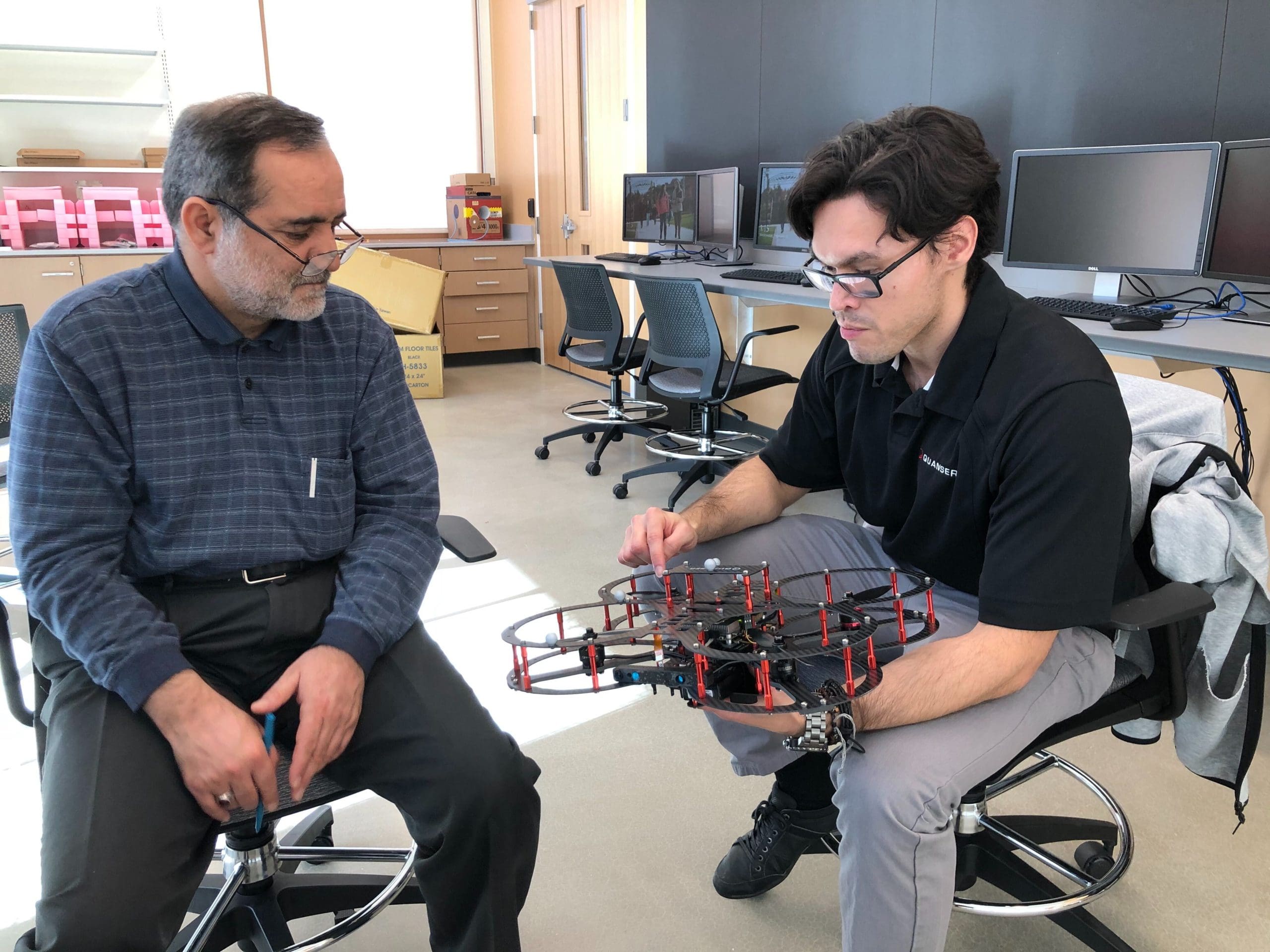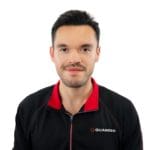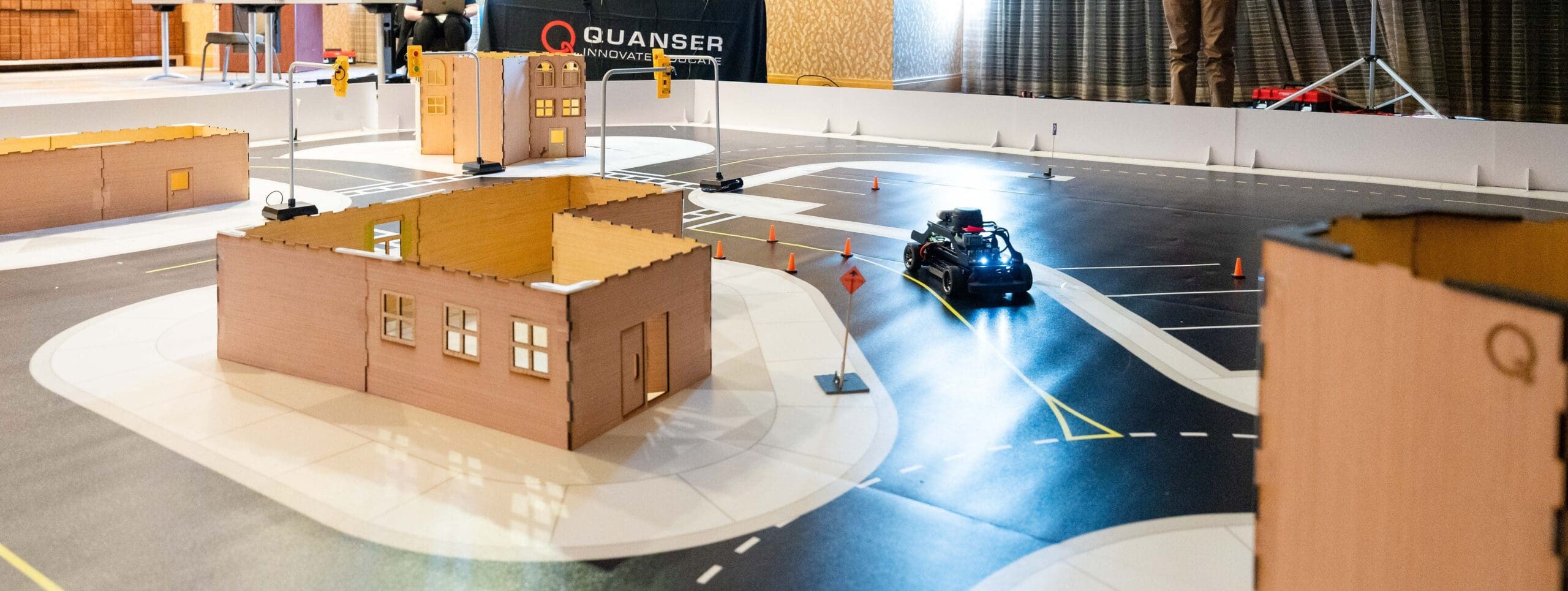
At Quanser we design and manufacture complex systems for universities to help professors jump-start their research programs. In one of my previous blogs, I briefly touched on a question that I’m sure many of our research studio customers have asked themselves: “My equipment has arrived, what should I do next?”. If you’ve had the chance to use one of our research studios in the past, you will be familiar with how complex and well-integrated the components of the system are. To help our customers quickly get up and running with their research studio and better understand its capabilities, we offer both onsite and remote technical training. So, in case you’ve opted for technical training from us, I hope this blog post will help you get prepared prior to our session.
Tailoring your Training
For those who have been a Quanser customer they know that the flexibility of our open architecture platforms offers something for different disciplines within engineering such as computer science, mechatronics, systems engineering, and so on. Inherently, this means that our users – because of their different backgrounds – may not have had exposure to the same software platforms. One question I usually ask customers prior to our training is how familiar they are with MATLAB®/Simulink® and our equipment. This question usually helps me gauge how to structure our technical training session.
If this is your first time using our equipment, one tip I have is that you familiarize yourself with MATLAB/Simulink – particularly Simulink – because most of the models that we provide with our equipment have been developed for Simulink’s visual coding environment. An advantage of using Simulink as the development environment is that it helps you visualize the flow of information as you implement advanced algorithms. It is also the best way to become familiar with the large library of custom QUARC™ blocks which Quanser has developed. For those of you who may not be familiar with QUARC, it is an add-on software that allows seamless integration with Quanser hardware. Being familiar with the structure of our Simulink models prior to our training will help streamline the session, and perhaps would allow time to start implementing concepts directly related to your research.

How can you become familiar with Simulink if you’ve never used it? I strongly suggest completing the Simulink Onramp tutorial by MathWork. Then try and follow our out-of-the box examples meant to test the equipment. It’s okay if you don’t understand what every Simulink block does, the intent is for you to come with questions which I can address during our training. The main goal for our training session is for you to have a customized experience.
QUARC not only interfaces with our equipment, but it also has support for a number of third-party software such as Motive. Motive is the motion capture software used by the motion capture system that is supplied with our Autonomous Vehicles Research Studio (AVRS). While our AVRS setup guide goes through the basics of using the Motive software to track our drones, it does not cover complex examples of how to set up a multiagent tracking scenario. That is something we cover during our technical training sessions. Depending on the configuration of your research studio we may cover homogeneous swarms with several QDrones or a leader-follower example using a QBot2e and a QDrone.
The QBot2e, for example, was designed to teach the introductory topics for mobile robotics, but can also be used for multi agent research. If your AVRS configuration includes the QBot2e, during our training session I usually go over the available teaching material. Just like with the QDrone I recommend you have a scan of the documentation which comes with the QBot2e. We can always go in more detail on how a certain topic was implemented, or if you would like to discuss how you could implement your own research topic, we can take a quick look and try to cover your inquiry during the training.
Beyond The Training
Once the training session has been completed, what additional resources are at your disposal? At Quanser we try our best to support all our products. If there are topics which you would like to research but are unsure how we can support your needs, please send us an email. We will review your request and advise on which products would meet your needs and what resources can help you with your research needs. At Quanser most of our engineering group has had experience in graduate and post graduate research and understand the kinds of struggles that you as a researcher can go through. Rest assured that when you contact us with a question, we always try to advise you as a colleague and not a customer.
Hope the above tips come in handy, and I look forward to meeting some of you – hopefully in person – during your technical training session.



